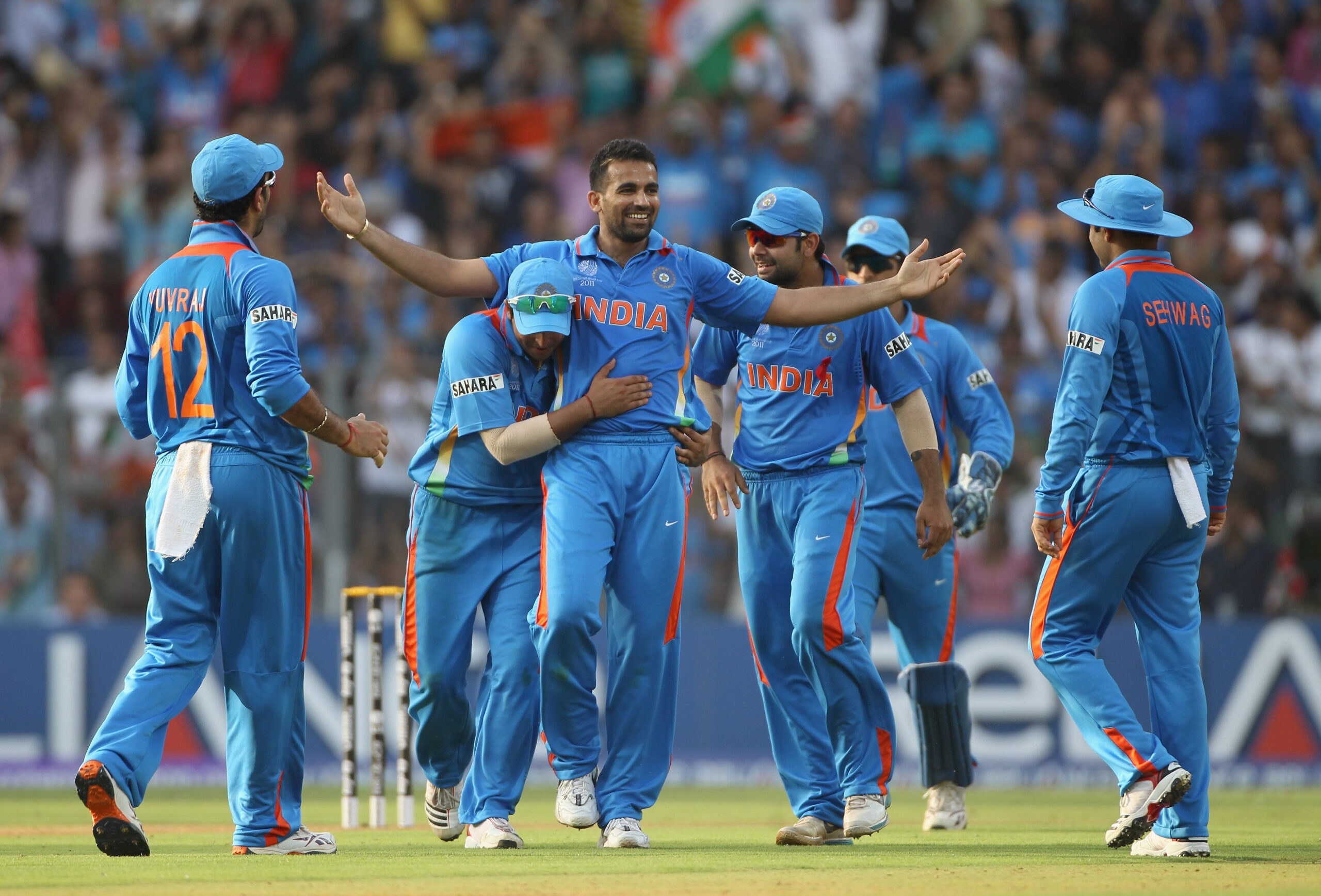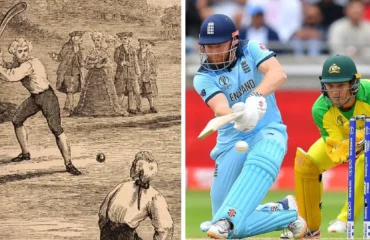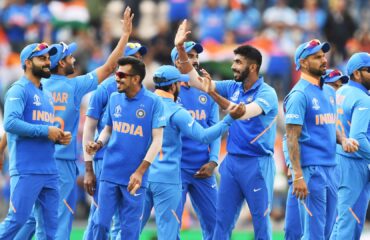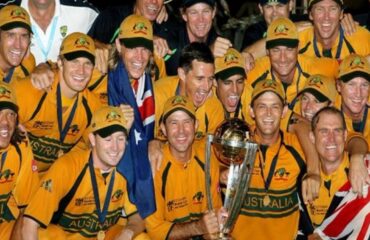The 2011 Cricket World Cup Final between India and Sri Lanka, held at the iconic Wankhede Stadium in Mumbai on April 2, 2011, transcended the realms of sport to become a monumental chapter in cricketing history. This clash of cricketing titans unfolded with a backdrop of anticipation, emotion, and national pride, culminating in a match that would etch its place as one of the most memorable finals in World Cup history.
The atmosphere at Wankhede Stadium was electric as two cricket-crazy nations, India and Sri Lanka, locked horns in pursuit of the coveted trophy. The Sri Lankan innings, anchored by Mahela Jayawardene’s majestic century, set a challenging target of 275 for India. Jayawardene’s innings, characterized by grace and precision, was a batting masterclass under pressure.
As India began their chase, the formidable Sri Lankan bowling attack, led by Lasith Malinga, posed a stern challenge. India, however, had their own set of heroes. Gautam Gambhir and captain MS Dhoni formed a match-winning partnership, both playing crucial innings that will be forever etched in the memories of Indian cricket fans.
Gambhir’s resolute knock of 97 provided the foundation, anchoring the innings after the early loss of openers. His innings was a testament to his ability to absorb pressure and deliver when it mattered the most. The defining moment, however, belonged to MS Dhoni, who promoted himself up the order and played a captain’s innings for the ages.
Dhoni’s unbeaten 91 was a masterstroke in captaincy and batting prowess. His calculated aggression, finishing the innings with a memorable six over long-on, sealed India’s victory in emphatic fashion. The scenes that followed—with Dhoni’s iconic helicopter shot resonating across Wankhede, fireworks lighting up the Mumbai sky, and a nation erupting in joy—captured the essence of a historic moment.
Beyond the on-field heroics, the 2011 World Cup Final held emotional significance for India. It marked the culmination of a journey that began with the tragedy of the 2007 World Cup exit and the subsequent resurgence under the leadership of MS Dhoni. The victory was a triumph of unity, resilience, and the collective will of a cricket-crazy nation.
Sri Lanka, despite the loss, displayed sportsmanship and grace in defeat. The spirit of cricket was exemplified by Kumar Sangakkara, the Sri Lankan captain, who acknowledged India’s victory and the impact it had on the cricketing landscape.
The 2011 World Cup Final wasn’t merely a cricket match; it was a grand spectacle, a narrative that weaved together skill, drama, and the emotional tapestry of a nation’s cricketing journey. It showcased the ability of cricket to transcend boundaries and unite people in shared joy and celebration.
In conclusion, the 2011 Cricket World Cup Final between India and Sri Lanka was a crescendo of emotions, a theatrical display of cricketing prowess, and a defining moment in the history of the sport. The Wankhede Symphony will forever resonate as a symbol of India’s cricketing triumph, etching itself into the hearts of cricket enthusiasts and leaving an indelible mark on the annals of the Cricket World Cup.




